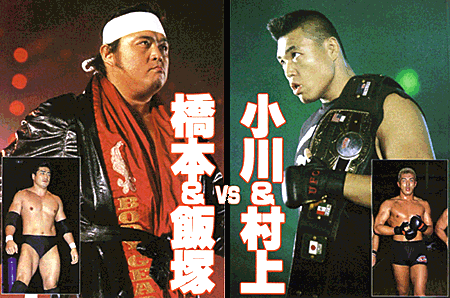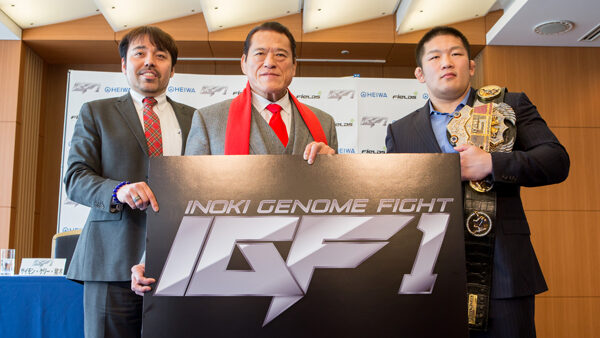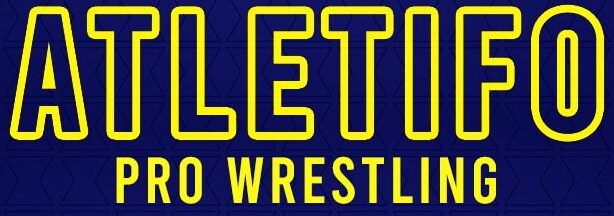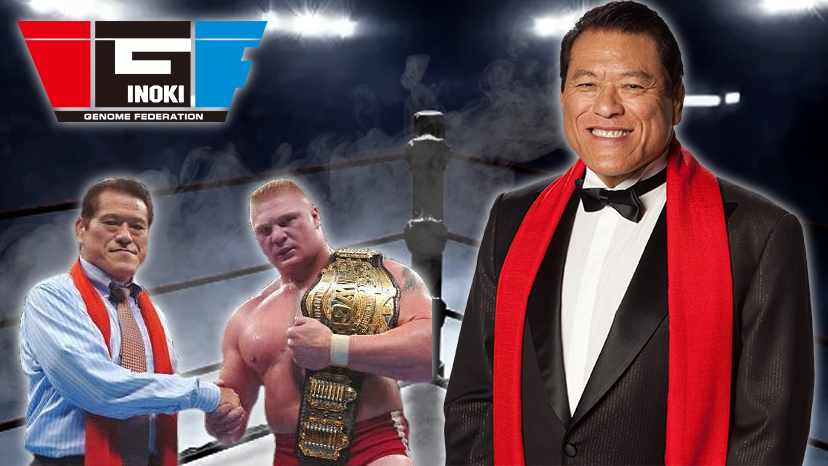With the death of Japanese wrestling icon Antonio Inoki still fresh in everyone’s minds, it is time to explore the long-forgotten and disastrous idea of “Inokism” (or Inoki-ism). While some have compared it to the modern-day interpretation of “Strong-Style” that New Japan Pro Wrestling promote, it has some very key differences.
In this article, we will explore what Inokism is, how Antonio Inoki nearly killed NJPW with this philosophy and discuss the promotion he founded to continue on his journey to blend Mixed Martial Arts and professional wrestling.
Table of Contents
What Is Inokism?

Inokism was a philosophy helped by Japanese legend Antonio Inoki about how professional wrestling should be. It can be described as the way he booked New Japan Pro Wrestling in the 2000s, after the rise of MMA promotions like PRIDE and K-1 in Japan during this time. It was a philosophy that saw the blending of Professional Wrestling and Mixed-Martial Arts, with disastrous results.
Inoki’s idea was to bring more legitimacy to NJPW. By bringing in real fighters like Naoya Ogawa and Josh Barnett, it would make the MMA fans view wrestling as a real sport. This also worked the other way by sending his own wrestlers to compete in shoot fights, although these usually ended with the wrestlers being knocked out in under a minute.
Wrestlers who did well in MMA got big pushes from Inoki, with varying results. Wrestlers were given world title runs based on their real-life fighting skills, which wrestlign fans simply didn’t care about. Even talented wrestlers like Shinsuke Nakamura were rejected by the fans, with his first IWGP Heavyweight Title reign coming too early in his career for fans to respect. The fixation with MMA fighters and real-life fighting was disastrous for NJPW, as it drove audiences away and cost them billions of Yen in ticket sales.
One of the most curious things about Inokism is the hyporcrisy by Inoki. He promoted these real fights between the “fake” wrestlers, trying to add legitmacy in the sport. He would push those that would win their MMA fights, rewarding them for being real-life tough guys. But every time Inoki fought a “real” fighter, it was all a work.
In his career, Antonio Inoki fought in many cross promotional matches, pretending they were real fights. Every single one of these (including his match Muhammad Ali) were all works, and the matches were pre-planned by the Japanese star himself. Some of the “worked shoot” fight opponents Inoki had in his career include;
- Shota Chochoshivili
- Willem Ruska
- Willie Williams
- Gerard Gordeau
- Muhammad Ali
- Don Frye
- Anoalo Atisanoe,
- Kim Klokeid,
- Akrum Pelwan,
- Everett Eddie,
- Karl Midenberger,
- Leon Spinks,
- Chuck Wepner,
Some he won, some he lost, some he drew. But all were works. So, to make his wrestlers compete in real-world fights to prove their toughness was completely hypocritical, and nearly killed their careers.
Antonio Inoki Nearly Killed NJPW

It is fair to say that Antonio Inoki’s obsession with the style of “Inokism” caused huge damage to New Japan Pro Wrestling, and threatened to kill the promotion in the 1990s and 2000s. It all began in 1997, when he booked an Olympic Judo silver medalist to beat his world champion in his debut match, leaving the Japanese wrestling fans stunned.
Naoya Ogawa was brought in by Inoki to take on IWGP Heavyweight Champion Shinya Hashimoto in the Tokyo Dome on April 23, 1997. Ogawa had never wrestled before, but Inoki saw his real-life fighting achievement as something to be admired. Hashimoto was the world champion, and one of the “Three Mustaketeers”, along with Masahiro Chono and Keiji Mutoh. He helped carry the company, and now was tasked with carrying this newcomer in his debut.
While this didn’t quite end Hashimoto’s run as a top star in the company, the rematch in 1999 sure did. During the match, Ogawa began to beat down Hashimoto for real, clubbing him with elbows that most UFC referees would have stopped the match for. The bout was thrown out and ruled a no contest, but the damage was done. Hashimoto’s reputation as a tough guy was dead, and he would retire from wrestling just one year later.
This was the big issue with Inokism. The wrestlers crafted their personas carefully, with the right one taking them to the very top. This only works if everybody is in on the fight, and if the wrestlers agree to let each other’s gimmick shine through. If you bring in the “shoot” element of the fight, then it is purely up to chance whether a wrestler fails or succeeds.
Inoki also put his wrestlers into MMA fights regularly, hoping to make them look tougher in the eyes of the fans. However, this did nothing but make them look weaker. Placing men who were trained in fake wrestling up against lifelong kick boxers and MMA fighters gave the wrestlers zero chance of succeeding, and stalled (or even ruined) a lot of careers before they began.
Some wrestlers actually did well in their fights, getting big pushes from Inoki as a result (such as Kazuyuki Fujita and Shinsuke Nakamura), while the likes of Jushin Liger and Katsuyori Shibata did poorly, and suffered in wrestling as a result. Killing some of the top baby faces in your company over losing an MMA fight YOU made them be in is surely a business choice that no sane man would ever consider.
After a prosperous 1990s for New Japan, MMA promotions began to take over. Inoki tried to emulate the style of companies like PRIDE, by booking MMA fighters in high-level positions on the card, much to the chagrin of both wrestlers and fans alike. Stars like Josh Barnett and Bob Sapp (who won the IWGP Heavyweight Championship in 2004) were given big pushes, with Barnett even main eventing a January 4th show (the precursor to Wrestle Kingdom).
In a three-year span from 2003 to 2006, the IWGP Heavyweight Championship, New Japan’s top title, changed hands 15 times. Given the companies propensity for year-long reigns (or even more, if you’re Kazuchika Okada), this was an insane amount of title changes that is more reminiscent of WWE in the Attitude Era than New Japan. Some of these changes were even due to MMA fights, with Bob Sapp vacating the belt after losing a fight.
Inokism helped to drive off some huge stars from NJPW. Shinya Hashimoto, Keiji Mutoh, Satoshi Kojima and Riki Chosu all left the company during the peak years of Inokism, and the terrible booking eventually forced Antonio Inoki out of the promotion he formed, when video game company Yukes bought out his controlling share of New Japan Pro Wrestling.
He Formed The Inoki Genome Federation After Leaving NJPW

After leaving NJPW in 2005, Antonio Inoki spent two years setting up his next venture. Keeping the ideals of Inokism fresh in his mind, he promoted a new wrestling company that blended MMA and professional wrestling. This company was named the Inoki Genome Federation, and managed to hire some huge stars for its first shows.
Big Japanese and American stars were key parts of the promotion’s early years. Brock Lesnar defended a version of the IWGP Heavyweight Championship against Kurt Angle in the main event of the first show, with Inoki’s former favorites Josh Barnett and Naoya Ogawa also “wrestling” on the show (their fights were more like worked MMA fights than anything else).
The first show, called IGF Toukon Bom-Ba-Ye, was broadcast on pay per view on June 29, 2007. The event drew over 8,000 fans to the arena, and was considered a relative success. However, the big stars would soon leave and attendance would drop, as Inoki focused more on his MMA fighters than the pro wrestlers.
Inoki continued to run the company until 2017, before handing the reigns to his son. It closed down two-years later, having not even sniffed the success of promotions like NJPW, NOAH or AJPW. It was clear that Inokism had failed in Japan, having nearly killed Japanese wrestling as a whole in the early 2000s.
In the meantime, NJPW focused more on the professional wrestling aspect of the sport. Classic babyface Hiroshi Tanahashi helped drag the company out of “the dark ages”, along with Shinsuke Nakamura and Katsuyori Shibata as “The New Musketeers”. Despite Inoki’s best attempt, NJPW is alive and well as the top promotion in Japan, and one of the best professional wrestling promotions in the world.
Inokism has its place in one-off bouts (such as in Josh Barnett’s Bloodsport), but is simply untenable. MMA fans don’t want wrestling, and vice versa.

